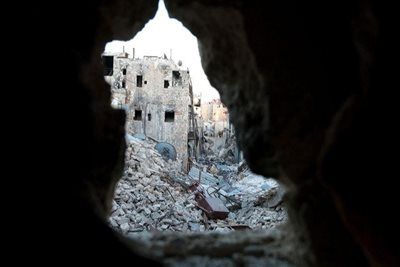Robots fighting wars seems like something straight out of science fiction – but with modern technology this is becoming a reality. Technology has always played a key role in how humans wage wars, but as technology rapidly advances, the idea that autonomous weapons could select and attack targets without humans making the final targeting decisions has left the realm of science fiction into a future that is very possible.

There are rules for how wars are fought, International Humanitarian Law (IHL). In times of conflict, IHL protects those who are not involved, or are no longer involved in the fighting. IHL also defines who and what can and cannot be targeted during times of armed conflict, and what methods can be used.
Civilians,
children,
aid workers,
healthcare facilities, healthcare workers, and
means of survival (like water and food), are all parts of what is protected under IHL
What happens to IHL if human operators are removed from the equation? Does this mean civilians are safer thanks to automated precision, or that they are put in greater danger by a machine that doesn’t understand context like someone protecting their home and family? Who is accountable for a robot’s actions on the battlefield?
Learn more about robots in conflict, and what it means for IHL as technology changes how we fight wars in
this video.

